Blog
Jewellok is a professional pressure regulator and valve manufacturer and supplier.
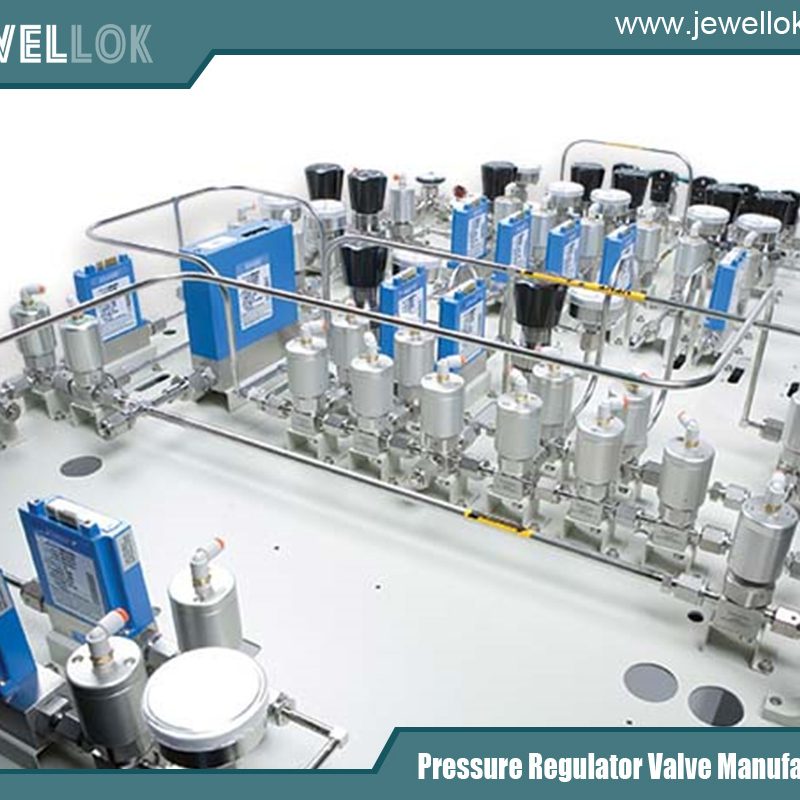
Technical Approaches to Ensure the Reliability and Durability of a Large-Flow Single-Gauge Pressure Reducing Valve during Long-Term High-Load Operation
- Pressure Regulator Valve Manufacturer
- adjustable low pressure propane regulator, Control Pressure Valve Manufacturers, Gas Pressure Reducing Valve, High Purity L-Type Pressure Reducing Valve, High Purity Pressure Reducing Valve, high purity pressure reducing valves manufacturer, high purity pressure reducing valves manufacturer in china, high-flow pressure reducing valves, high-flow pressure reducing valves campany, how a gas pressure regulator works, Hydraulic Pressure Reducing Valves, large flow single gauge pressure reducing valve, large-flow pressure reducing valve, large-flow single-gauge pressure reducing valves, large-flow single-gauge pressure reducing valves factory, large-flow single-gauge pressure reducing valves manufacturer, large-flow single-gauge pressure reducing valves supplier, large-flow single-gauge pressure reducing valves system, Pressure Reducing Valve, Pressure Regulating and Back Pressure Valves, pressure relief valve vs safety valve, pressure valve, propane manifold with valves, safety or relief valves, safety relief valve vs safety valve, second stage propaneregulator, single gauge pressure reducing valve, timer water valve
- No Comments
Technical Approaches to Ensure the Reliability and Durability of a Large-Flow Single-Gauge Pressure Reducing Valve during Long-Term High-Load Operation
In modern industrial systems, the large-flow single-gauge pressure reducing valve needs to continuously and stably regulate high-pressure fluids to the target pressure to meet the requirements of downstream equipment. Under high-load operation conditions, the pressure reducing valve faces multiple challenges such as medium erosion, pressure fluctuations, and temperature changes. Its reliability and durability directly affect the safety and efficiency of the system. Therefore, technological innovation in dimensions such as materials, structure, sealing, and monitoring has become the key to ensuring the long-term stable operation of the equipment.

Selection and Application of High-Performance Materials
1. Valve Body and Valve Core Materials
The valve body needs to withstand high pressure and large-flow impacts. Usually, high-strength alloy steel (such as chromium-molybdenum steel) or corrosion-resistant stainless steel (such as 316L) is selected. These materials not only have excellent compressive strength but also can resist the corrosion of the medium, avoiding the leakage risk caused by material loss. For example, in the working conditions of media containing acid and alkali, duplex stainless steel can significantly extend the service life of the valve body by virtue of the balance between high strength and corrosion resistance.
The valve core, as the core component that directly contacts the medium and performs the pressure reducing action, needs to have both hardness and wear resistance. By using hard alloy materials such as tungsten carbide and ceramics, and through surface hardening treatments (such as laser cladding and ion nitriding), the friction loss between the valve core and the valve seat can be reduced, and the problem of decreased pressure regulation accuracy caused by wear can be minimized.
2. Materials of Elastic Elements
Elastic elements such as springs and diaphragms in the pressure reducing valve are prone to fatigue failure. Selecting nickel-based alloys (such as Inconel) or special rubbers (such as fluororubber and silicone rubber) can maintain stable elastic properties in high-temperature and high-pressure environments. For example, the fluororubber diaphragm has outstanding performance in oil resistance and high-temperature resistance, making it suitable for the large-flow pressure reducing requirements in the petrochemical field.
Structural Optimization Design
1. Optimization of Fluid Channels
Through CFD (Computational Fluid Dynamics) simulation analysis, the shape of the internal flow channels of the pressure reducing valve is optimized to reduce eddies and turbulence. For example, by adopting streamlined inlet and outlet designs, the flow resistance of the medium is reduced, and the impact of local high-pressure areas on the internal components of the valve is avoided. At the same time, by reasonably designing the shape of the throttling port (such as V-shaped and multi-hole types), the scouring force of the medium can be dispersed while ensuring the flow regulation ability, and the risk of cavitation can be reduced.
2. Anti-Vibration and Anti-Fatigue Structures
During high-load operation, the pressure reducing valve is prone to vibration caused by pressure pulsation. Shock-absorbing supports are added at the connection between the valve body and the pipeline, and flexible connections (such as metal bellows compensators) are used to absorb vibration energy. In addition, the valve core guiding structure is optimized, the guiding length is increased or a double-guiding design is adopted, which can improve the movement stability of the valve core and reduce the loosening and wear of components caused by vibration.
3. Modular and Redundant Design
The modular structure design is adopted, and the large-flow single-gauge pressure reducing valve is split into replaceable components independently (such as the valve core assembly and the sealing assembly), which is convenient for quick maintenance in case of failure. For key application scenarios, redundant design can be introduced, and the flow is shared and the failure backup is realized by connecting multiple pressure reducing valves in parallel, ensuring that the system can still operate continuously when some equipment fails.
Advanced Sealing Technology
1. Main Sealing Structure
The main seal is the key to preventing medium leakage. A dual-sealing structure combining metal sealing (such as the lapped sealing surface of hard alloys) and soft sealing (such as polytetrafluoroethylene) can take into account both the reliability of sealing and the low-friction characteristics. For example, under high-pressure difference working conditions, the metal seal provides a high-strength sealing barrier; while the soft seal compensates for tiny gaps during low-pressure operation, reducing the leakage rate.
2. Optimization of Dynamic Sealing
For the moving parts of the valve core, lip seals, O-rings, or combined seals are used, and through the optimization of the seal groove structure (such as adding dust lips and decompression grooves), the intrusion of the medium into the sealing surface is prevented. At the same time, self-lubricating sealing materials are selected to reduce frictional heat generation and avoid the failure of the seals due to high-temperature aging.
3. Sealing Monitoring and Maintenance
Leakage sensors are installed at the sealing parts to monitor the sealing performance in real-time. When a trace amount of leakage is detected, the system automatically triggers an alarm and records the data. Combined with big data analysis, the service life of the seals is predicted to achieve preventive maintenance.
Intelligent Monitoring and Active Maintenance
1. Condition Monitoring System
Sensors such as pressure, temperature, vibration, and displacement are integrated to collect the operation data of the pressure reducing valve in real-time. For example, the faults such as valve core sticking and component loosening can be diagnosed through vibration spectrum analysis; the cavitation phenomenon can be judged through the analysis of pressure fluctuation signals. After the data is transmitted to the cloud platform, AI algorithms are used for fault prediction and health assessment.
2. Adaptive Control Technology
PID (Proportional-Integral-Derivative) control or intelligent control algorithms (such as fuzzy control and neural network control) are introduced to dynamically adjust the opening of the pressure reducing valve according to the changes in flow and pressure. When abnormal working conditions are detected, the system automatically switches to the emergency control mode to avoid equipment damage caused by regulation lag.
3. Optimization of Maintenance Strategies
Based on the equipment operation data and prediction models, personalized maintenance plans are formulated. For example, the replacement cycle is adjusted dynamically according to the wear rate of the valve core; spare parts are reserved in advance by analyzing the aging trend of the seals. At the same time, a digital maintenance file is established to record the content of each maintenance and the equipment status, providing a basis for subsequent optimization.
Test Verification and Standard Specifications
1. Performance Tests
By simulating high-load operation conditions, pressure tests, flow characteristic tests, life tests, etc. are carried out. For example, the pressure reducing valve is continuously operated on a high-temperature and high-pressure test bench for thousands of hours, and the changes in its pressure regulation accuracy and sealing performance are monitored to verify the reliability of the design scheme.
2. Compliance with Industry Standards
Comply with international standards (such as ISO 5208 sealing test standard) and domestic specifications (such as GB/T 12244 general technical conditions for pressure reducing valves) to ensure product quality and safety. At the same time, according to the specific industry requirements (such as the API standards in the oil and gas industry), the performance of the pressure reducing valve is designed and verified in a customized manner.
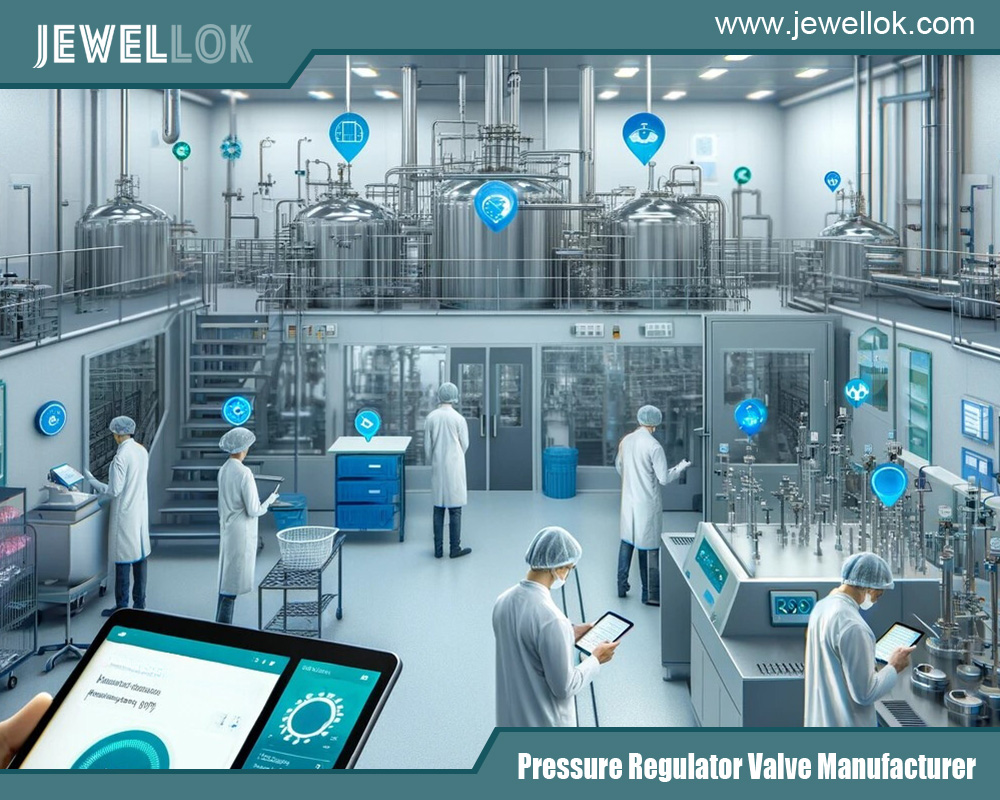
Conclusion
To ensure the reliability and durability of the large-flow single-gauge pressure reducing valve during long-term high-load operation, it is necessary to comprehensively innovate in multiple dimensions such as materials, structure, sealing, and monitoring. Through the application of high-performance materials, structural optimization design, advanced sealing technology, as well as intelligent monitoring and maintenance, the stability and service life of the equipment can be significantly improved, providing a solid guarantee for the safe and efficient operation of the industrial fluid control system. In the future, with the development of new materials and intelligent technologies, the reliability and durability of large-flow pressure reducing valves will be further enhanced to meet more complex and stringent industrial application requirements.
For more about technical approaches to ensure the reliability and durability of a large-flow single-gauge pressure reducing valve during long-term high-load operation, you can pay a visit to Jewellok at https://www.jewellok.com/ for more info.
Recent Posts
How Does An Acetylene Gas Changeover Manifold Work?
How Does A Carbon Dioxide Gas Pressure Regulator Work?
How Does A Oxygen Gas Pressure Regulator Work?
How Does A Helium Gas Pressure Regulator Work?
How Does A Nitrogen Gas Pressure Regulator Work?
How Does An Argon Gas Pressure Regulator Work?
How Does A Propane Gas Pressure Regulator Work?
How Does A Acetylene Gas Pressure Regulator Work?
How Does the High Pressure Back Pressure Regulator Work?
The Complete Guide to Camco 59013 Single Stage Propane Regulator
Tags
Recommended Products
-
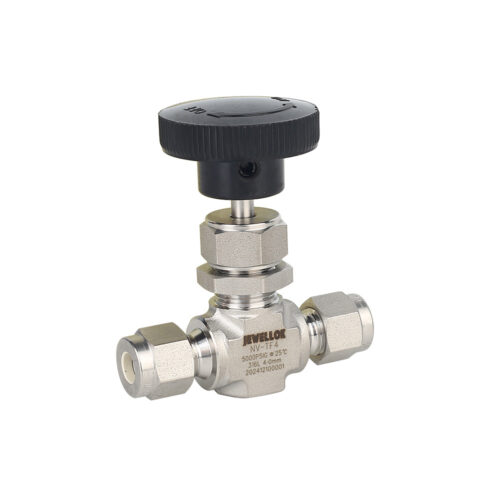
High Purity High Pressure Stainless Steel Needle Valve Natural Gas Flow Control Valve JNV Series
-
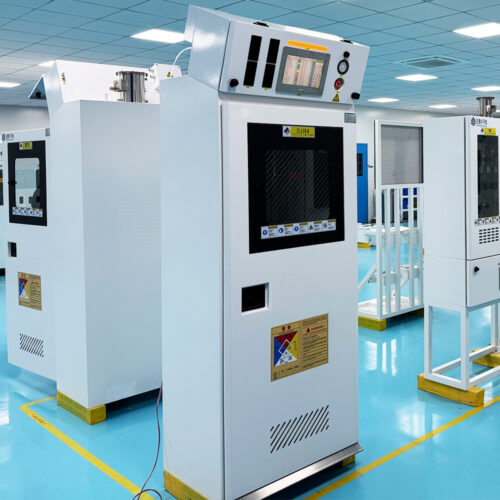
Integrated Gas System (IGS) Modular Integrated Gas Systems (TMS) Integrated Gas Supply System For Semiconductor And Laboratory
-
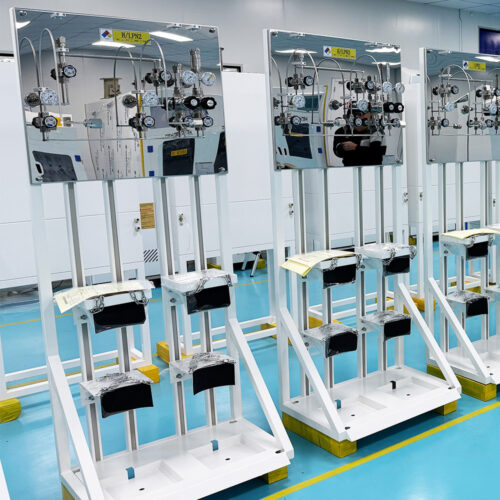
Semi-Automatic VMB Gas Cabinet With Semiconductor Valve Manifold Box Diaphragm Valves And Gas Pressure Regulators
-

Semi Automatic Oxygen Nitrogen Helium Argon Gas Changeover Manifold Manual Gas Changeover Manifold Panel For Gas Cylinders
-
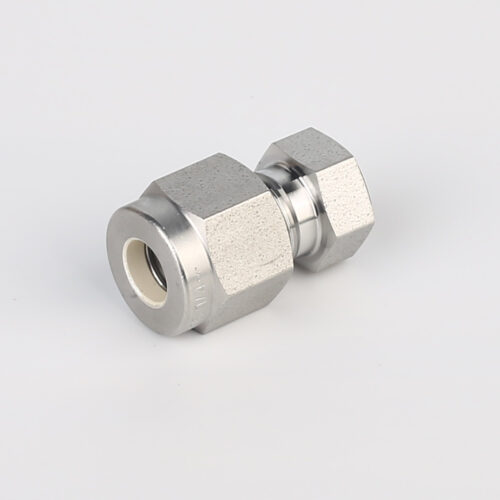
7108L Cylinder Cap Connectors For Ultra High Purity Gases
-
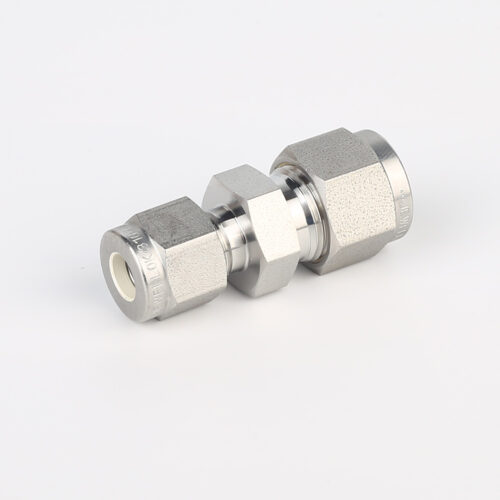
763L Stainless Steel High Purity Pressure Reducing Union Fittings And Tubing Pressure Reducing Valve Adjustment
-
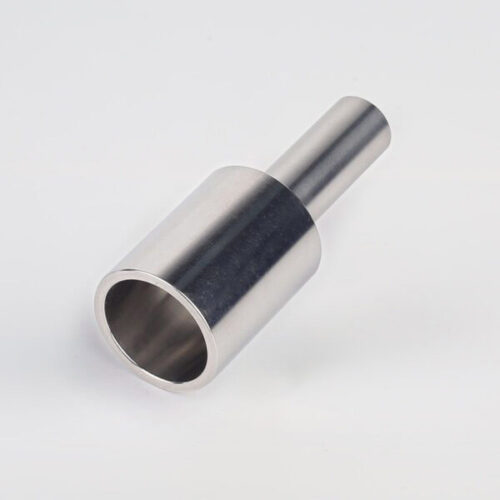
316L Stainless Steel Tube Butt Weld Reducing Fittings Union Reducer RW Series Ultrahigh Purity Process
-
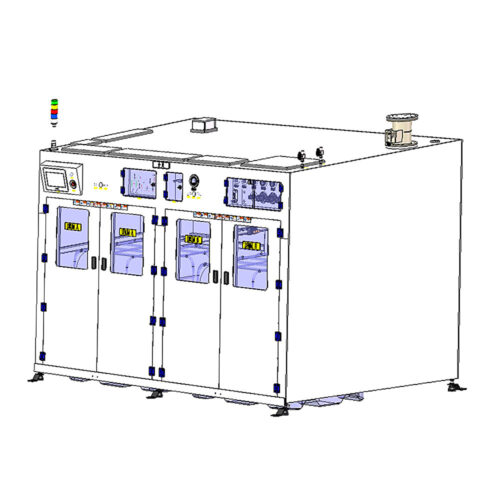
High Purity Chemical Dispense System & Packing System For Semiconductors JW-200L-CDM & JW-1000L-CDM